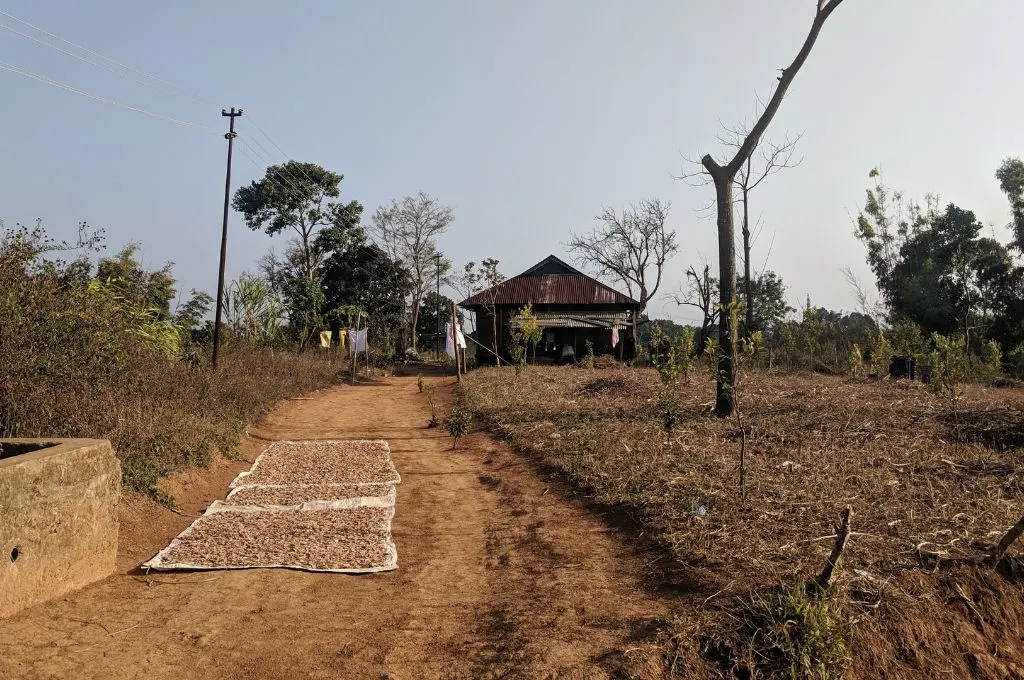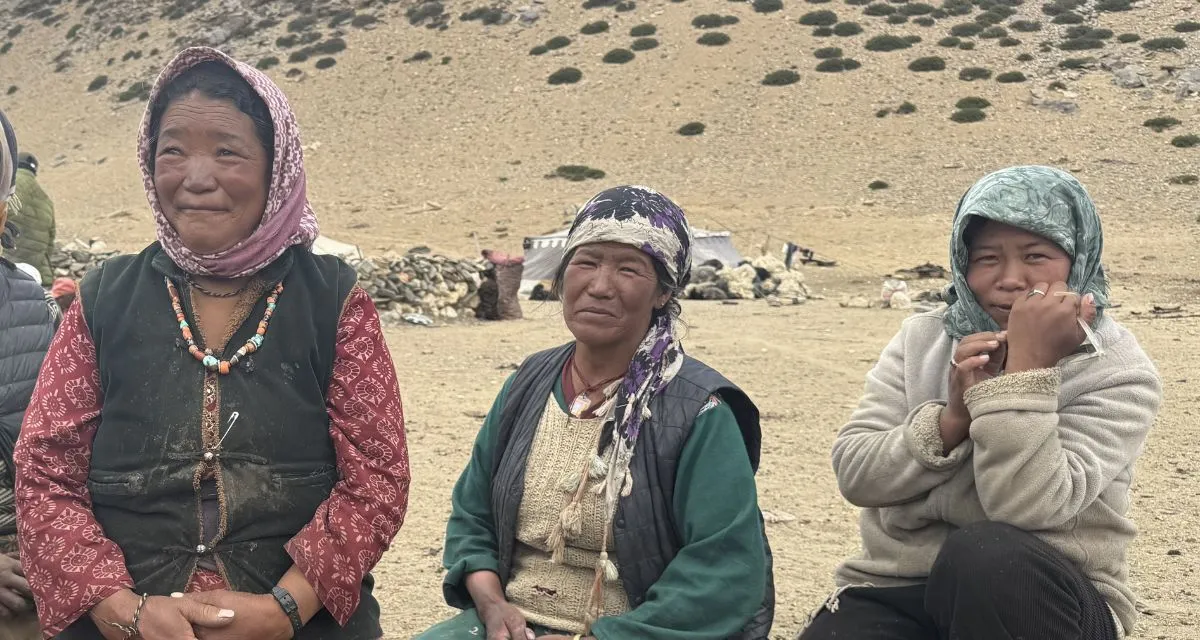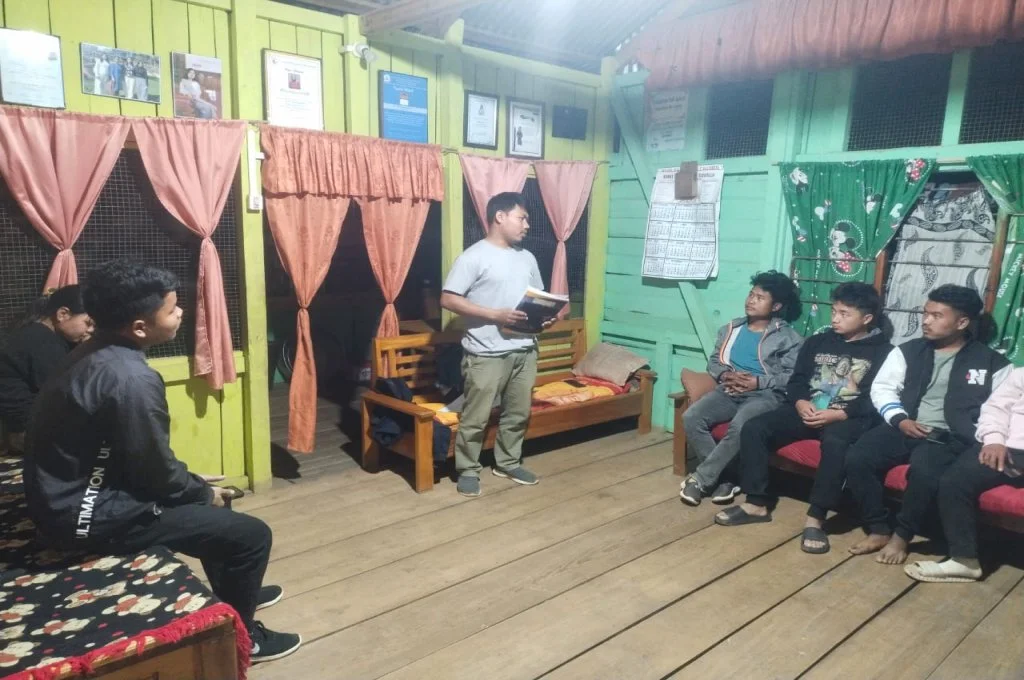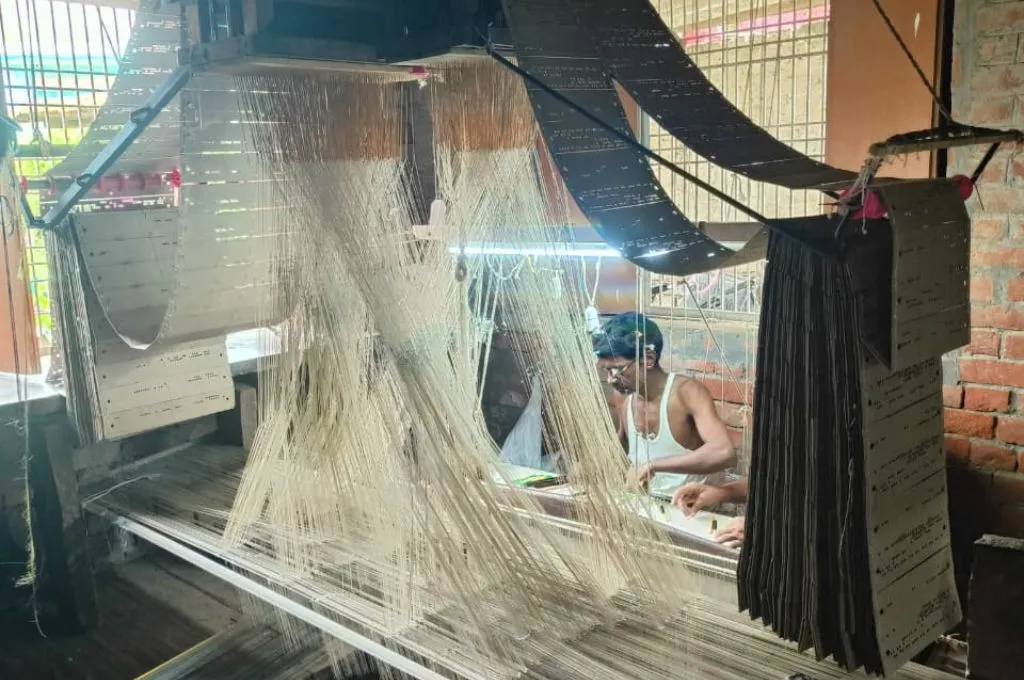Not in my backyard: Waste management in Dakshina Kannada
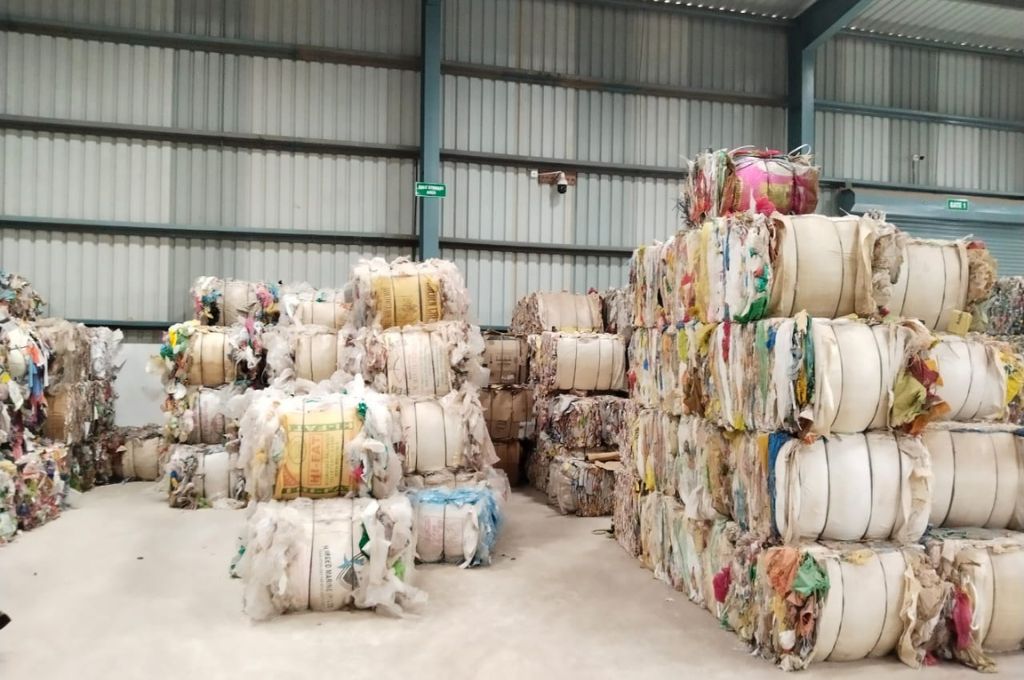
Unlike the polluted waste management sites that we commonly find in our cities and villages, material recovery facilities (MRFs) process and sort segregated dry waste to derive maximum revenue from its sale. But when Karnataka’s Rural Drinking Water and Sanitation Department decided to decentralise solid waste management and build MRFs in villages, they encountered significant resistance due to the public’s preconceptions of what a waste management site would look like.
The local administration of Dakshina Kannada faced the ire of villagers in the form of protests and litigation in the high court, due to which they had to change the proposed location of the site. Having recognised the challenges ahead, the department collaborated with Saahas, where we work, to support the operationalisation of the MRF and help sensitise the communities in Dakshina Kannada.
According to Kushal Kumar, a resident of Yedapadavu village, the locals were under the impression that the proposed waste management facility would be a landfill. In order to clear these misconceptions, a site visit to the Nitte MRF in Udupi district was organised. Witnessing the facility’s operation reassured them that the MRF in their district would not resemble a dumping site. “After finding no foul smell in the unit, our doubts were dispelled,” states Kushal.

Interestingly, the fact that the facility was called an ‘MRF’ and not a ‘waste centre’ also helped distinguish it from typical dumping sites.
Leveraging digital mediums such as WhatsApp, the Saahas team engaged in outreach and conducted activities to engender the importance of sustainable waste management and deepen the community’s engagement with the cause. These factors helped persuade some community members, who took it upon themselves to convince others of the need for the MRF. Currently, the Yedapadavu MRF receives waste from 51 gram panchayats and employs 23 people from the community.
People’s ‘not in my backyard’ attitude towards waste management sites stems from the deep-rooted stigma attached to waste. And in the absence of formal infrastructure to manage waste, harmful practices such as open dumping and burning of waste continue to be practised.
Building the community’s awareness regarding the important role they can play in waste management could help assuage their fears and mobilise them in service of the cause. By adopting an inclusive outlook that brings the community on board early on, we can enable the community to be part of the solution, rather than a bottleneck.
Aarti Sachdeva is the knowledge development lead at Saahas. Sudesh Kini is a project coordinator at Saahas.

—
Know more: Read this article to learn why waste workers living near the Bhalswa landfill in Delhi struggle with plastic wrappers.
Do more: Connect with the authors at aarti.sachdeva@saahas.org and sudesh.kini@saahas.org to learn more about and support their work.

